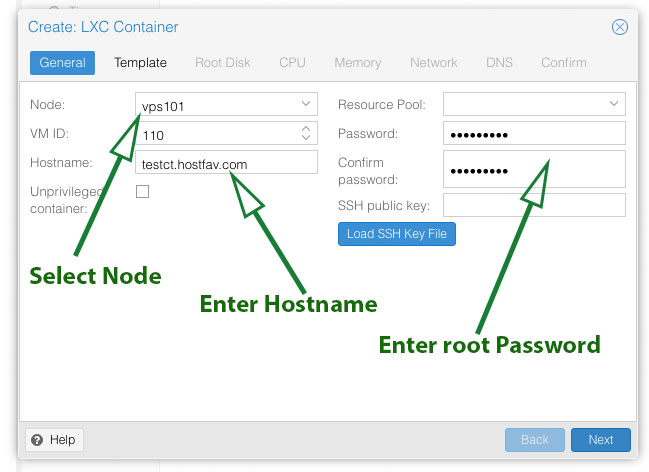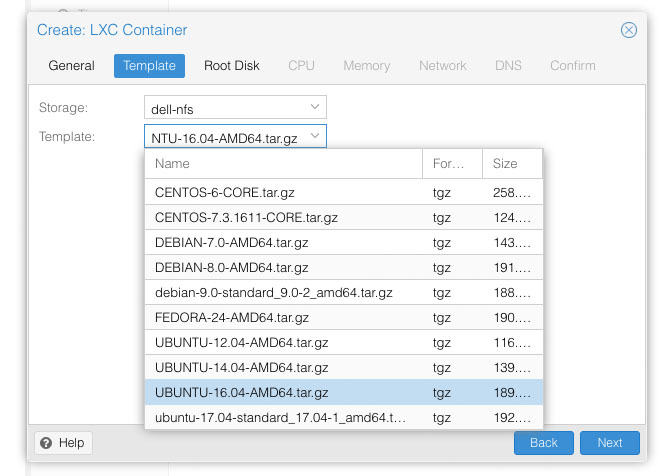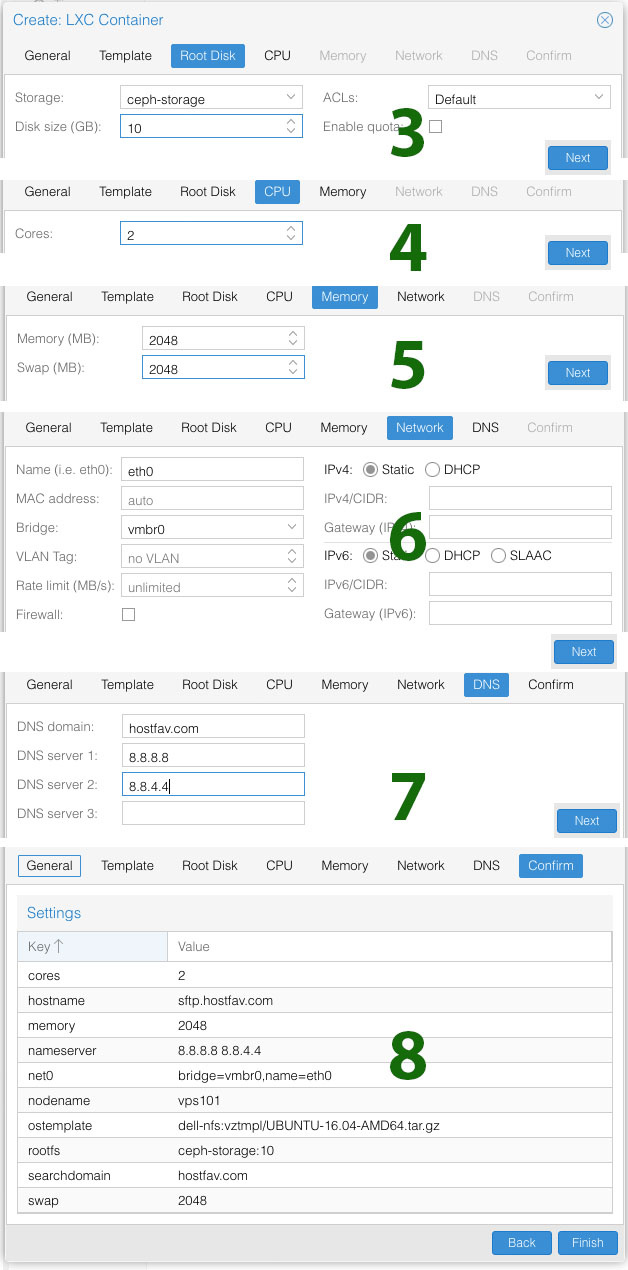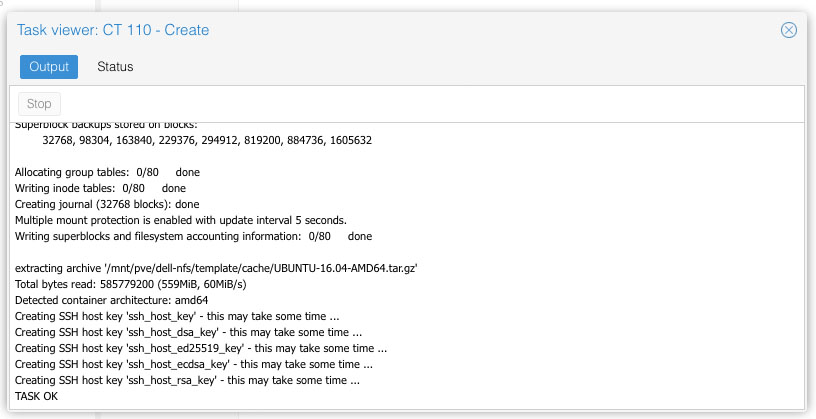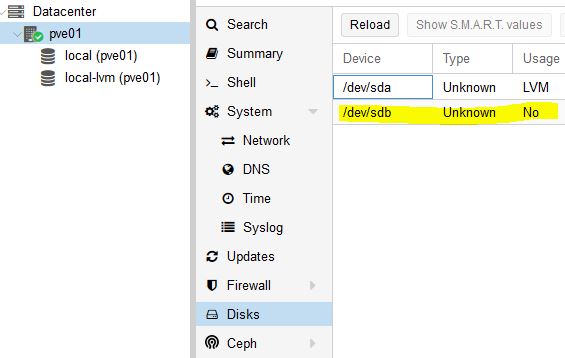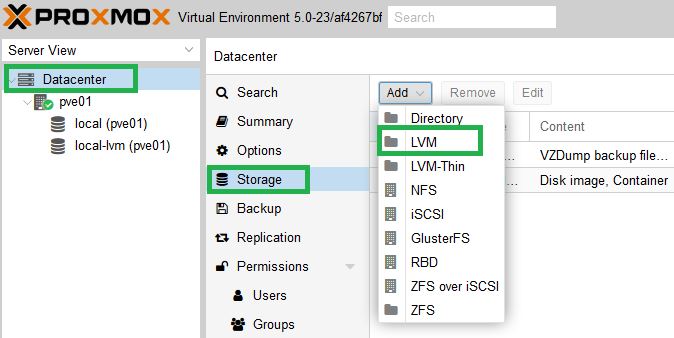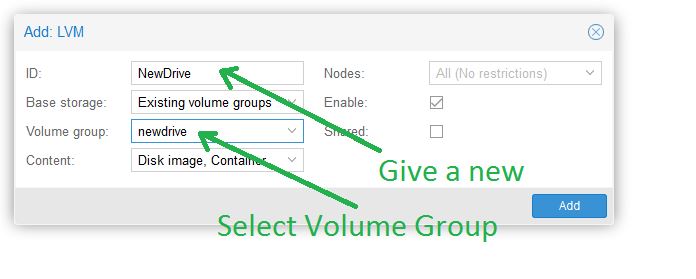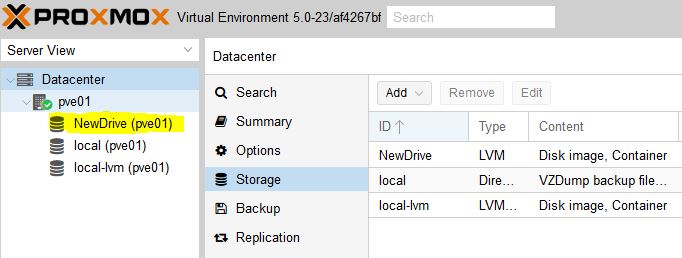In this example we are going to add a new disk 5GB and extend root (/) partition partition.
Edit VM and add new 5GB Drive. New drive /dev/vdc has been added.
fdisk -l Disk /dev/vdc: 5368 MB, 5368709120 bytes, 10485760 sectors Units = sectors of 1 * 512 = 512 bytes Sector size (logical/physical): 512 bytes / 512 bytes I/O size (minimum/optimal): 512 bytes / 512 bytes
Use fdisk utility to partition new disk
fdisk /dev/vdc n --> New Partition p --> Primary Enter --> Default Partition Number Enter --> Default First Sector Enter --> Default Last Sector w --> Save Partition Table
Create a physical volume using newly created partition
[root@10431 ~]# pvcreate /dev/vdc1 Physical volume "/dev/vdc1" successfully created.
First check the volume groups name
[root@10431 ~]# vgs VG #PV #LV #SN Attr VSize VFree cl 2 2 0 wz--n- 68.99g 1020.00m
He here cl is Volume Group’s Name
Extend Volume Group
[root@10431 ~]# vgextend cl /dev/vdc1 Volume group "cl" successfully extended
Get Logical Volume Name
[root@10431 ~]# df -h Filesystem Size Used Avail Use% Mounted on /dev/mapper/cl-root 66G 11G 56G 17% devtmpfs 7.8G 0 7.8G 0% /dev tmpfs 7.8G 0 7.8G 0% /dev/shm tmpfs 7.8G 8.4M 7.8G 1% /run tmpfs 7.8G 0 7.8G 0% /sys/fs/cgroup /dev/vda1 1014M 231M 784M 23% /boot tmpfs 1.6G 0 1.6G 0% /run/user/0
/dev/mapper/cl-root
Extend the logical volume
[root@10431 ~]# lvextend -l +100%FREE /dev/mapper/cl-root Size of logical volume cl/root changed from <66.00 GiB (16895 extents) to <71.99 GiB (18429 extents). Logical volume cl/root successfully resized.
Finally Resized
In Centos 7 default filesystem is xfs.
xfs file system supports only extend not reduce. So if you want to resize the filesystem use xfs_growfs rather than resize2fs.
[root@10431 ~]# xfs_growfs /dev/mapper/cl-root meta-data=/dev/mapper/cl-root isize=512 agcount=16, agsize=1113856 blks = sectsz=512 attr=2, projid32bit=1 = crc=1 finobt=0 spinodes=0 data = bsize=4096 blocks=17300480, imaxpct=25 = sunit=0 swidth=0 blks naming =version 2 bsize=4096 ascii-ci=0 ftype=1 log =internal bsize=4096 blocks=2560, version=2 = sectsz=512 sunit=0 blks, lazy-count=1 realtime =none extsz=4096 blocks=0, rtextents=0 data blocks changed from 17300480 to 18871296
Note: For ext4 filesystem use
resize2fs /dev/mapper/cl-root
Check new size
[root@10431 ~]# df -h Filesystem Size Used Avail Use% Mounted on /dev/mapper/cl-root 72G 11G 62G 15% devtmpfs 7.8G 0 7.8G 0% /dev tmpfs 7.8G 0 7.8G 0% /dev/shm tmpfs 7.8G 8.4M 7.8G 1% /run tmpfs 7.8G 0 7.8G 0% /sys/fs/cgroup /dev/vda1 1014M 231M 784M 23% /boot tmpfs 1.6G 0 1.6G 0% /run/user/0
New size changed from 56G to 62G




